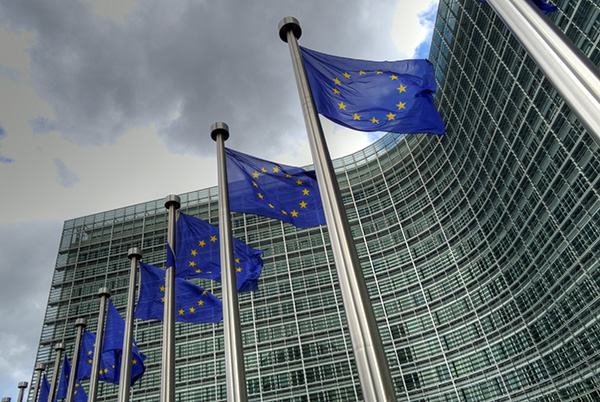
Brexit is leading some governments to regard the idea of European integration at various speeds as something inevitable. This is due above all to there being no consensus among the remaining 27 about the speed at which to advance, and the EU cannot now allow itself to proceed at the speed of the slowest or the most reluctant member of the convoy. Indeed, it stopped doing so with the euro. Although ‘various speeds’, ‘enhanced cooperation’ and ‘differentiated integration’ are virtually equivalent expressions in their effects, the former is the most loaded in emotional terms and implies that some are left behind. Basically it means that those who want to (and can) advance more should do so with each other, provided they are open to others joining them, and on the basis of employing the same institutions. In other words, it is dynamic, not static. The latter constitutes variable geometry, which is more permanent and emerged when some countries (such as Denmark) decided to stay out of the euro and the Schengen Area of soft borders, which includes some EU countries (not all) plus others from outside.
One of the five scenarios set out in the European Commission’s White Paper on the Future of Europe is ‘those who want more do more’. Various governments view it favourably. But the concept of various speeds is somewhat easier to talk about than enact. The Treaty of Lisbon facilitates it with the possibility of ‘permanent structured cooperation’, a procedure that allows a minimum of nine member states to integrate with each other without the involvement of the rest, but open to the rest finally joining them. It is an option of last resort, for which the Commission and the European Parliament have to give their blessing, and if it covers foreign policy and security areas, in other words the subject that is talked about most, namely European defence, the unanimity of the member states is required, albeit with the possibility of constructive abstention.
Although the euro already embodies this Europe of various speeds, it is not for a minority and it has the ambition of admitting all the member states, apart from those that signed up for the opt-out at the start. Some commentators think that there could even be differentiated integration within the Monetary Union itself, for example among those that want a European unemployment insurance scheme.
The enhanced cooperation procedure has only been used on three occasions up to now, and with varying success: for divorce, for patents and for the financial transaction tax. In the case of defence –France, Germany, Spain and Italy have already put a proposal on the table– it would be a case of seeing not only what each country would be able to get out of it, but also what each would be able to provide in terms of security for the common good. As far as the defence industry is concerned, the most interested are those that have one, whereas it matters little to the others whether they buy from France, Germany, the UK, Spain, Italy or the US, to name the main players. But other areas of differentiated integration are conceivable, dealing with internal security, justice (a European public prosecution service), or asylum and immigration, for example.
Yves Bertoncini, the director of the Jacques Delors Institute and no great supporter of the various speeds idea, points out that differentiated integration is much more difficult in areas where national policies cannot converge, like trade policy, competition policy and the single market.
It could prove useful for impeding Europe’s centrifugal forces, which seem to be on the increase, since it may encourage creativity and, in some cases, prevent being left behind and serve as a way of neutralising reservations. This type of integration should pursue common ends, be based on objective criteria, and always be open to those who are willing and able. It could act as a vanguard that ends up pulling along the rest, and serve to explore new areas of integration. That said, it could lead to permanent differences. The various speeds could turn into variable geometry.
In the short and medium term, however, the concept seems incompatible with that of a federal Europe –not many are pursuing this at the moment– and raises problems of legitimacy, even if it is based on institutional unity. It could lead to a European core, comprising those that are members of everything, and it would be in Spain’s interest to be part of this.


